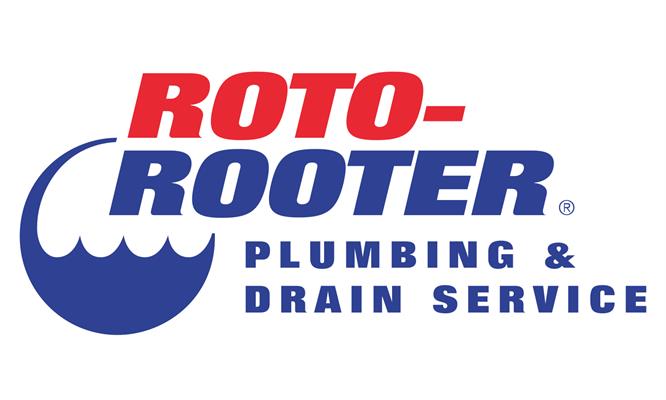Did you know that your Springfield MO plumbers are on standby to assist you with all of your plumbing needs? That includes water heater flushes! Whether you have recently purchased your home’s water heater or you are doing a bit of research on how to prolong the life of your trusty appliance, you have come to the right place. Extend your water heater’s life and keep it working at top-performance for years to come by regularly flushing the sediment build-up. With these easy-to-follow steps, the process is certainly one that you can perform yourself. Don’t have enough time to tackle this project on your own? No problem! Your Springfield MO plumbers are here to help. Simply call and schedule your free estimate with Roto-Rooter, and we’ll be out in a jiffy to perform a holistic diagnostic on your water heater.
One way to tell whether your water heater is due for a flush is when it emits a popping or rumbling sound. This sound is caused by the steam bubbles fighting through build-up to reach the surface. If you are experiencing any issues with your water heater, your appliance may be due for one of these essential flushes. Did you know that Roto-Rooter specializes in exactly this kind of work? If you still have questions regarding your water heater maintenance after reading this guide, call Roto-Rooter, your Springfield MO plumbers, at 417-203-0570.
Step 1: Turn off the gas or electricity.
Before you begin, make sure to read through all of the steps in this list. If at any point you wish for a professional’s assistance with this water heater flush, please do not hesitate to call your Springfield MO plumbers for expert advice and a free estimate. Whether your water heater is powered by gas or electricity, make sure the power to the appliance is turned off prior to performing any maintenance. Turning off the power will allow the already-heated water to cool down before it is flushed. Cut the electricity to by switching off the appropriate breaker. If you are not sure which one is tied to each area of your home, consider setting aside some time to correctly label each breaker. To cut the gas, locate the gas shut-off valve and turn it clockwise.
Step 2: Turn off the cold water supply.
Since you will be emptying the water heater tank during the flushing process, you’ll want to make sure no new water enters the unit. Keep new water from entering the tank by turning the cold water off. Locate the valve handle, which is typically located near the top of the heater. In addition to making your flush more efficient, it will also be less wasteful this way. Turning off the water will save you money on your upcoming water bill.
Step 3: Run hot water in your sink or bath.
Now that the water is turned off to the water heater, you’ll want to turn on a couple of different faucets within your home. Creating this constant flow of water through your pipes will prohibit a vacuum from forming within them. This step is vital to the process, as it will protect your pipes from being irreversibly damaged as you flush. With the drain open in a couple of sinks or bath tubs, leave the water running throughout the flushing process. Remember that at any point during this process, should you wish to receive a professional’s help, your Springfield MO plumbers at Roto-Rooter Plumbing and Drain Service will be ready to take your call and offer you a free estimate on all of your water heater needs.
Step 4: Test your pressure relief valve.
The next step is to test your pressure relief valve. Place a bucket underneath the drainage pipe on your pressure relief valve before testing. Practice caution when opening the valve, as the water will still be very hot. If water does not come out, you will need to replace your pressure relief valve. If water does come out, your test is a success.
Step 5: Connect a garden hose to the water-heater and drain the tank.
Connect one end of the hose to the drain and lead the other end of the hose either outside or into a bucket before turning on the spigot. Turn on the spigot and allow the tank to drain. Continue draining until the water runs clear and no longer contains sediment. You only need to drain the tank for as long as you still see sediment in the output. Depending on how long it has been since your last flush, you may not need to drain the tank completely.
Step 6: Flush the tank.
Finally, flush your water heater tank by turning the cold water valve back on. Let the cold water run through the tank for a few minutes. As the water circulates through the tank and is then expelled into the bucket through the hose, it should start out cloudy, and sediment should be noticeably deposited into the bucket. Continue this flushing cycle, emptying the bucket as needed, until the water runs clear. Once the bucket fills only with clear water and very little to no sediment, your flush is completed.
Step 7: Put it all back together again.
Turn off the drain and disconnect the hose. Close the pressure relief valve. Turn off the water in your sink or tub. Turn on the cold water spigot. Turn the gas or electricity back on. Re-light the pilot light if necessary, and turn the thermostat back on. Water should heat back up in about 20 minutes. Test the hot water by turning it on somewhere inside your home and let our Springfield MO Plumbers do the rest!
Repeat this process each year to increase the lifespan of your home’s water heater!
